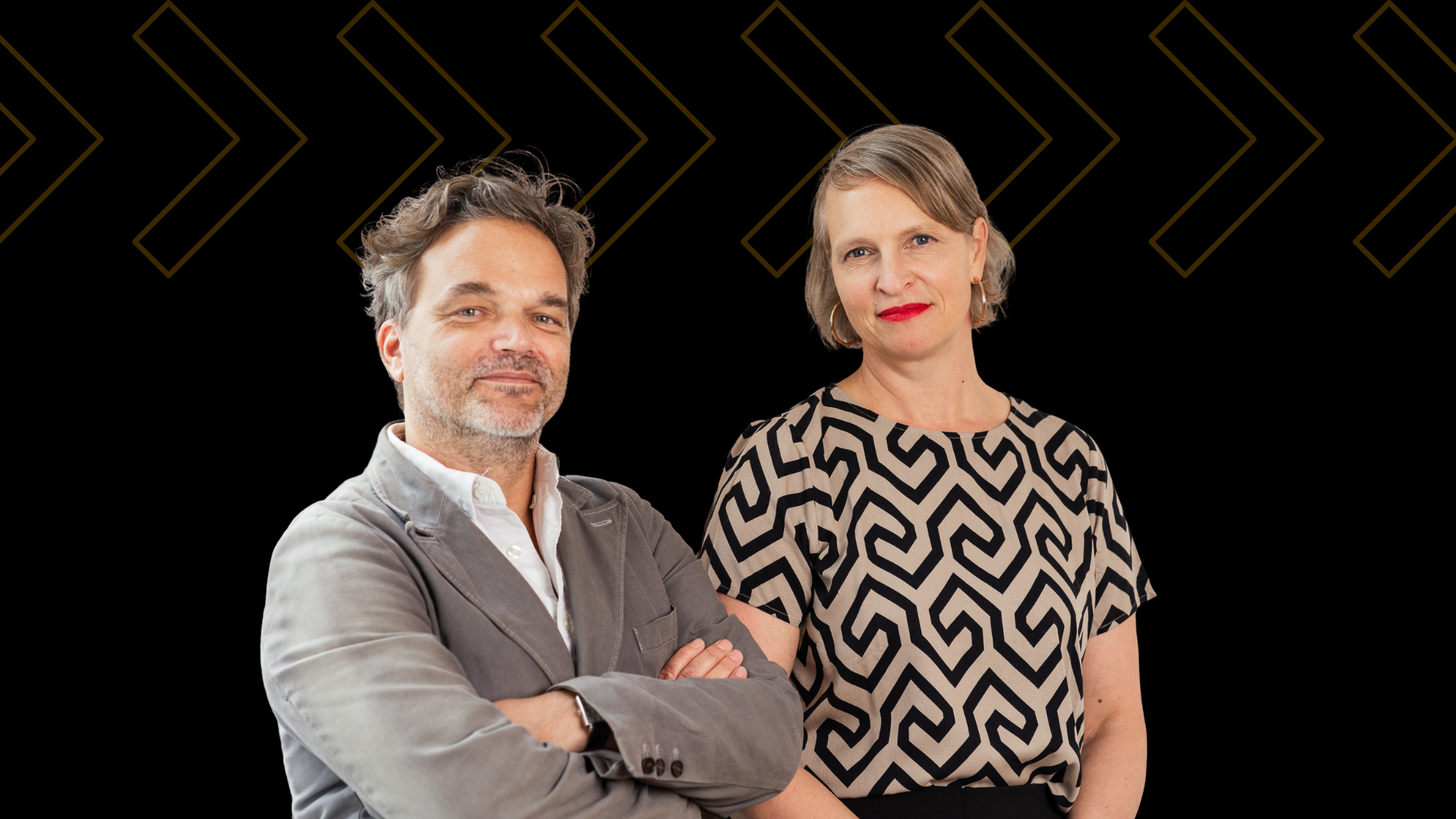Sprint 3: Funding – Mapping Your Financial Future
Jan 22
In Sprint 3 of our Scaling Readiness Run program, startups focus on their long-term funding strategy. They explore the impact on funding instruments and cap tables, craft a battle plan for your next funding round, learn startup valuation methods, and establish a clear KPI system to communicate effectively with investors.
We asked Petra Wolkenstein, our funding expert, about what startups need to focus on during this crucial sprint.
We asked Petra Wolkenstein, our funding expert, about what startups need to focus on during this crucial sprint.
Scaling Readiness Run - Third sprint insights
How can we align our funding strategy with our business goals and growth plans?
During our sprint, we engaged participants in a comprehensive discussion about long-term funding strategies. We explored the crucial connection between achieving specific KPIs and qualifying for future growth financing rounds. The conversation delved into how funding strategy intertwines with cash requirements and company valuation. Through various scenarios, participants gained insight into the potential founder equity retention after multiple funding rounds. This bird's-eye view of growth stages, KPI targets, and funding effects proved to be quite enlightening for many attendees. We have used our cap table template to simulate different scenarios.
What impact do funding instruments have on our cap table structure?
We clarified a common misconception about SAFE (Simple Agreement for Future Equity) and convertible note agreements. The valuation caps in these instruments are not current valuations but potential maximum valuations for the future. We emphasized how different funding instruments - be it equity investments, SAFEs, or convertible notes - significantly influence the evolution of shareholdings for both investors and co-founders over time. Understanding these nuances is crucial for making informed decisions about funding instruments.
What’s the best way to prepare for the next funding round?
Our sprint centered on creating a comprehensive battle plan for upcoming funding rounds. This plan encompassed several key elements: strategic alignment, necessary documentation, detailed timelines, and investor outreach strategies. By breaking down the preparation process into these components, startups can approach their next funding round with greater confidence and organization.
What are the most reliable startup valuation methods, and how can we ensure we’re choosing the best one for our stage and goals?
We emphasized that startup valuation differs significantly from that of established companies. For startups in the scaling phase, we identified multiples and Venture Capital Methods as the most reliable valuation approaches. The Sprint provided an in-depth exploration of these methods and running valuation exercises. Additionally, we guided participants on how to gather relevant assumptions and benchmarks to support their valuation process, ensuring a more accurate and justifiable valuation for their specific stage and goals.
What’s Next: Sprint 4: People and Culture
Led by organization design expert Michael Kubiena, this sprint dives into the critical role of culture, people, and practices in successfully scaling your startup. Participants will explore the importance of HR, identify essential HR tools, and learn how to implement them effectively to drive sustainable growth. Read more about it here.
Ready to Scale Up?
Join Konsultori Academy’s Scaling Readiness Program 2.0., designed for founders of later-stage startups who are ready to take things to the next level. You’ll cover 12 key areas across 5 action-packed sprints plus:
Write your awesome label here.
This summer!
Scaling Readiness Run 2
Prepare your startup for scaling with five sprints covering 12 key areas.
We'll contact you soon with more details.

